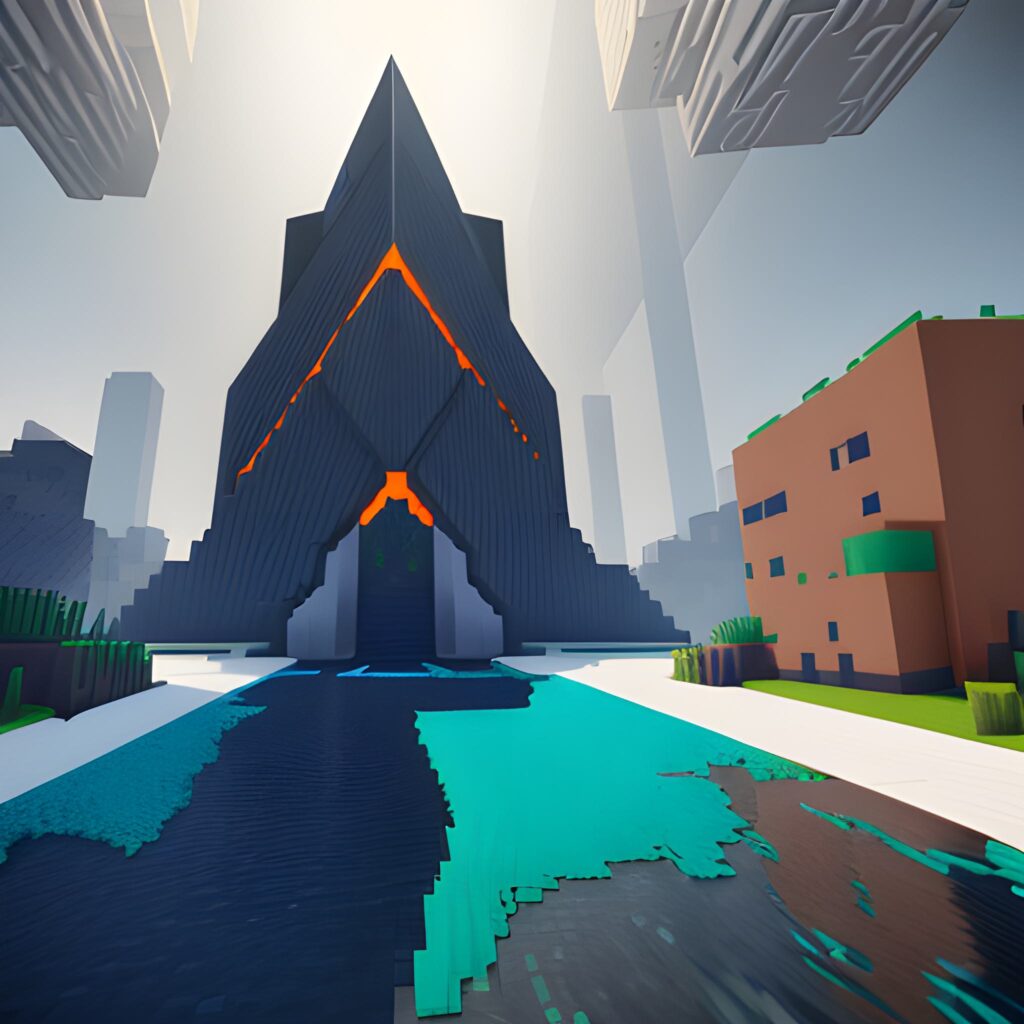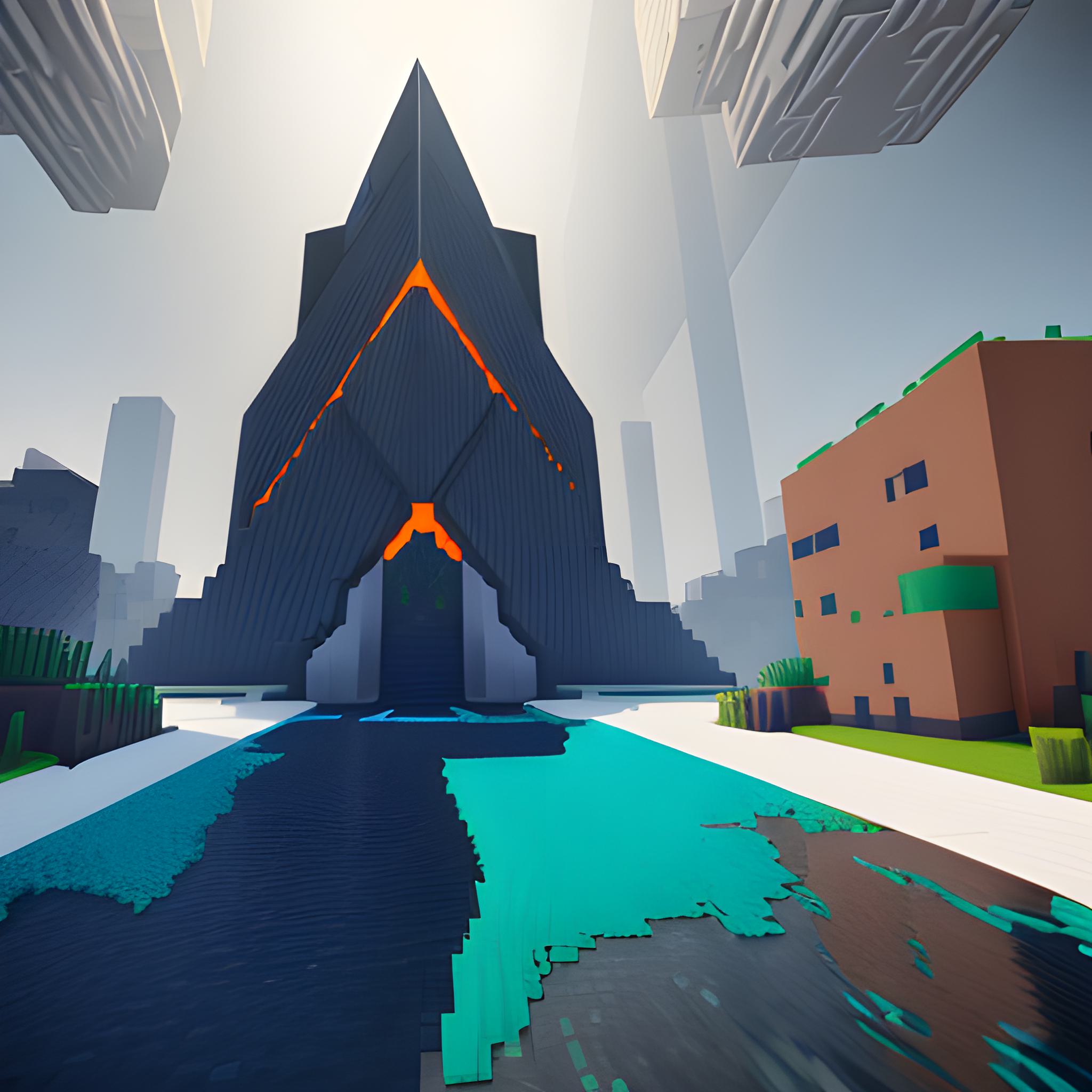OpenAI’s GPT-4 Enters Minecraft: NVIDIA’s Jim Fan and Team Release Open-Source Voyager

OpenAI's GPT-4 Enters Minecraft, deepleaps.comIn an industry-shaking breakthrough, the first-ever lifelong learning agent, dubbed Voyager, has been set free to explore and navigate the endless dimensions of Minecraft. The result of innovative efforts by the team at NVIDIA, Voyager is the manifestation of a groundbreaking artificial intelligence (AI) learning approach that represents a step-change in game interaction.
Harnessing the power of OpenAI’s GPT-4 language model, Voyager operates in the Minecraft environment entirely in-context, offering an entirely new framework for understanding AI training and execution. The inception of Voyager marks a departure from traditional training methods of gradient descent to a more dynamic process of code execution. Here, the concept of a ‘trained model’ is no longer simply a matrix of floats but evolves into a dynamic codebase of skills that Voyager acquires and refines over time.
The innovative AI agent rapidly adapts to its environment, showing a significant advancement over previous methods. Voyager outperforms its predecessors by obtaining 3.3 times more unique items, covering 2.3 times larger distances, and achieving key tech tree milestones up to 15.3 times quicker.
Voyager operates on a three-tier mechanism that includes an iterative prompting mechanism, a skill library, and an automatic curriculum, each of which offers unique features in the AI’s learning process.
The iterative prompting mechanism uses feedback from the game, execution errors, and self-verification to refine its code. Beginning with an initial program to achieve a specific goal, Voyager utilizes the popular Minecraft Javascript API, Mineflayer. Although the initial program may not be perfect, the AI agent learns from feedback and errors to refine its code and improve its performance.
The skill library serves as a database where Voyager stores successful programs. This function allows the AI to build a diverse repertoire of skills over time, significantly enhancing its capabilities. Each stored program can be retrieved by the AI using the embedding of its docstring, leading to the synthesis of complex skills through the combination of simpler ones.
Finally, the automatic curriculum adapts to the AI’s current skill level and world state, proposing appropriate exploration tasks. For instance, the curriculum might prompt the AI to learn to harvest sand and cactus before mining for iron if it finds itself in a desert landscape rather than a forest. This element of Voyager introduces a novelty search within the context of the game, making the learning process more adaptive and dynamic.
In a significant move towards transparency and collective learning, the team behind Voyager has decided to open-source the entire project. This step allows budding AI enthusiasts and professional developers alike to explore the codebase and contribute to the evolution of AI learning agents in Minecraft.
The researchers meticulously evaluated Voyager against other Lifelong Learning Model (LLM)-based agent techniques such as ReAct, Reflexion, and the popular AutoGPT in Minecraft. During these tests, Voyager discovered 63 unique items within 160 prompting iterations, outperforming the other models by obtaining 3.3 times more items.
The AI agent also demonstrated an inherent instinct to explore, as its automatic curriculum guided Voyager to travel extensively without any explicit instruction. This resulted in Voyager covering 2.3 times more ground than its counterparts and exploring a wider range of terrains.
After acquiring an extensive range of skills through lifelong learning, Voyager’s skill library was put to the test in an unfamiliar world. The results were overwhelmingly positive, with Voyager solving unseen tasks at a considerably quicker pace. The skill library even managed to enhance the performance of AutoGPT, highlighting the easy transferability of code.
While Voyager currently operates in a text-only mode, it is not beyond the realm of possibility for the AI to integrate visual perception in the future. A preliminary study involving human interaction demonstrated Voyager’s ability to construct complex 3D structures, including a Nether Portal and a house.
As Voyager carves out its path in the Minecraft universe, the open-source project invites tech enthusiasts, AI researchers, and the wider Minecraft community to witness the advent of AI-driven generalist agents in the world of gaming.
{
"seed": 1462525979,
"used_random_seed": true,
"negative_prompt": "",
"num_outputs": 1,
"num_inference_steps": 50,
"guidance_scale": 7.5,
"width": 512,
"height": 512,
"vram_usage_level": "balanced",
"sampler_name": "euler",
"use_stable_diffusion_model": "revAnimated_v11",
"use_vae_model": "vae-ft-mse-840000-ema-pruned",
"stream_progress_updates": true,
"stream_image_progress": false,
"show_only_filtered_image": true,
"block_nsfw": false,
"output_format": "jpeg",
"output_quality": 75,
"output_lossless": false,
"metadata_output_format": "json",
"original_prompt": "OpenAI's GPT-4 Enters Minecraft, deepleaps.com",
"active_tags": [
"Realistic",
"Surrealist",
"Cinematic",
"HD"
],
"inactive_tags": [],
"use_upscale": "RealESRGAN_x4plus",
"upscale_amount": "4",
"prompt": "OpenAI's GPT-4 Enters Minecraft, deepleaps.com, Realistic, Surrealist, Cinematic, HD",
"use_cpu": false
}







